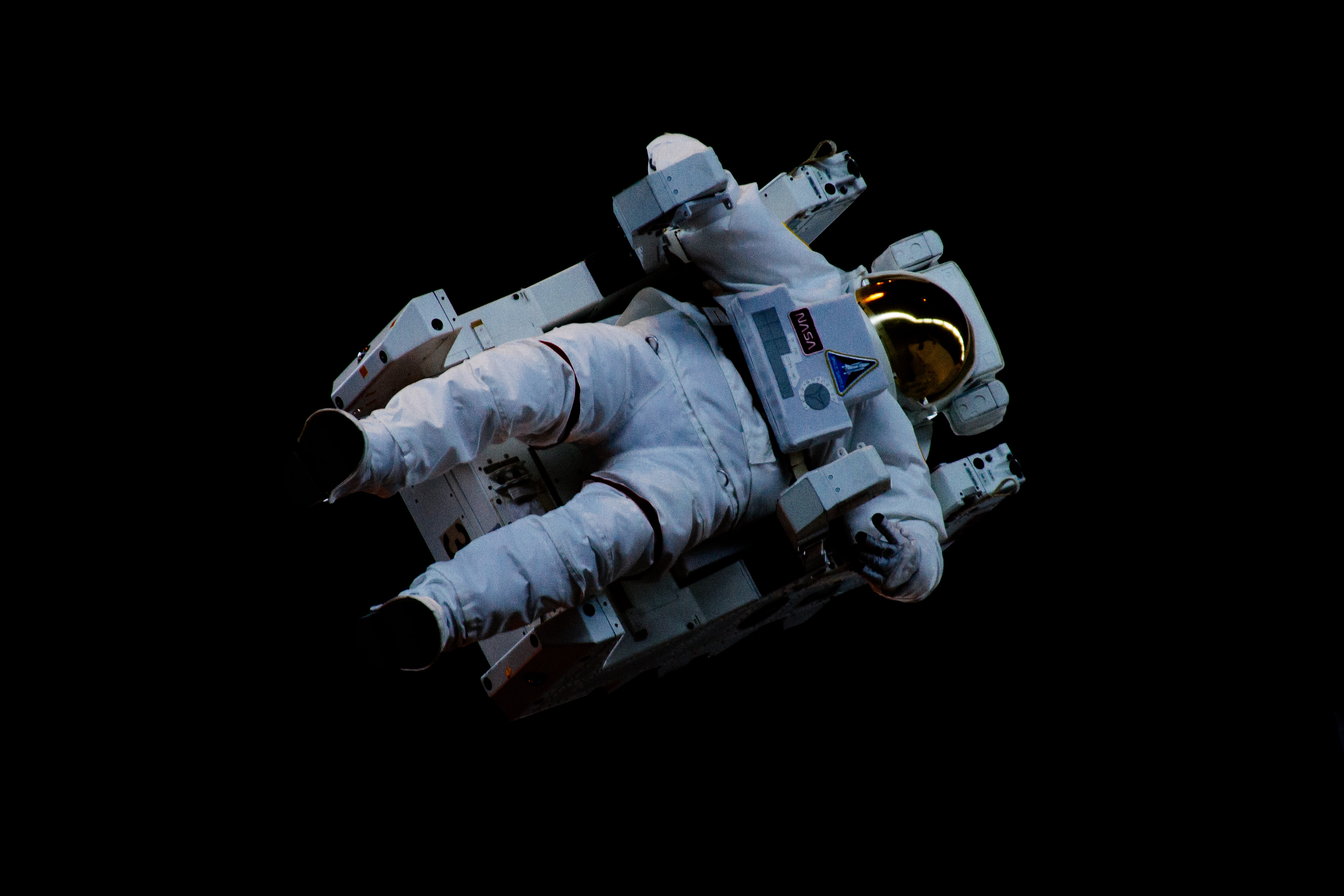17 years ago, leather production went intergalactic. Having manufactured products for the surrounding region, nation and the global market, Spanish tannery Tenerías Omega made history in 2002 by becoming the first to create leather for the International Space Station.
This specially made material was used for protective upholstery in a facility testing zero gravity effects on the human body – taking leather’s reputation for diversity into a whole other dimension.
Once leather proved its worth in launchpad preparations, its presence began to spread across interstellar travel centres. In this blog, we look at how leather has played a role in guiding human beings to the stars.
The first voyage to outer space
While leather wasn’t exclusively produced for ISS training equipment until after the new millennium, it was being stitched into space suits during those heady days of the Space Race.
Russian cosmonaut Yuri Gagarin – the first human being to visit outer space – completed a single orbit around Planet Earth in his Vostok 1 capsule in 1961, and leather was right there alongside him in the days beforehand.
Part of Gagarin’s ensemble was an SK-1 pressure suit. Built in a distinctive bright orange colour, this ensemble used leather to cover the hands, feet and ears – with leather palms, leather boots and a leather-covered radio headset respectively.
The golden age of space travel
From the seventies onwards, space missions grew in sophistication thanks to great strides in technology. NASA began using leather in all kinds of new ways, from training equipment to Velcro-backed leather name tags (which were attached to every astronaut’s individual flight suit).
In 2017, it looked like leather’s role in space kit may be cut completely. Reebok changed astronaut footwear for the first time in half a century with the introduction of the Floatride Space Boot. Manufactured in conjunction with equipment specialists David Clark Company, these shoes prioritised a light weight – ousting heavier materials (like leather) from space apparel.
But, as always, leather proved its worth in other capacities…
Making outer space accessible to all
US aerospace manufacturer SpaceX has made history as the first ever private company to launch a human spacecraft in 2019. With Elon Musk at the helm, it’s continuing to find new ways to push the boundaries and abilities of space travel. Even within the cockpits themselves, things are changing – most notably with the new addition of touchscreen technology.
That’s right – there’s a plan to give SpaceX aircrafts easier navigation control by tapping commands on interactive screens. However, in order to make each monitor dependably responsive, every astronaut will be handed a pair of specially made leather gloves (which also offer protection and excellent grip for handles and buttons).
If SpaceX isn’t the company to make space tourism a reality, Blue Origin almost certainly will be. Jeff Bezos’ business is already forming plans for a stunning public vehicle called the New Shepard – which will propel people into space in a capsule fitted with soft leather seats that recline for added comfort!
It’s true. Leather simply knows no bounds. It covers every continent and even transcends Planet Earth.
Photo by Niketh Vellanki on Unsplash








